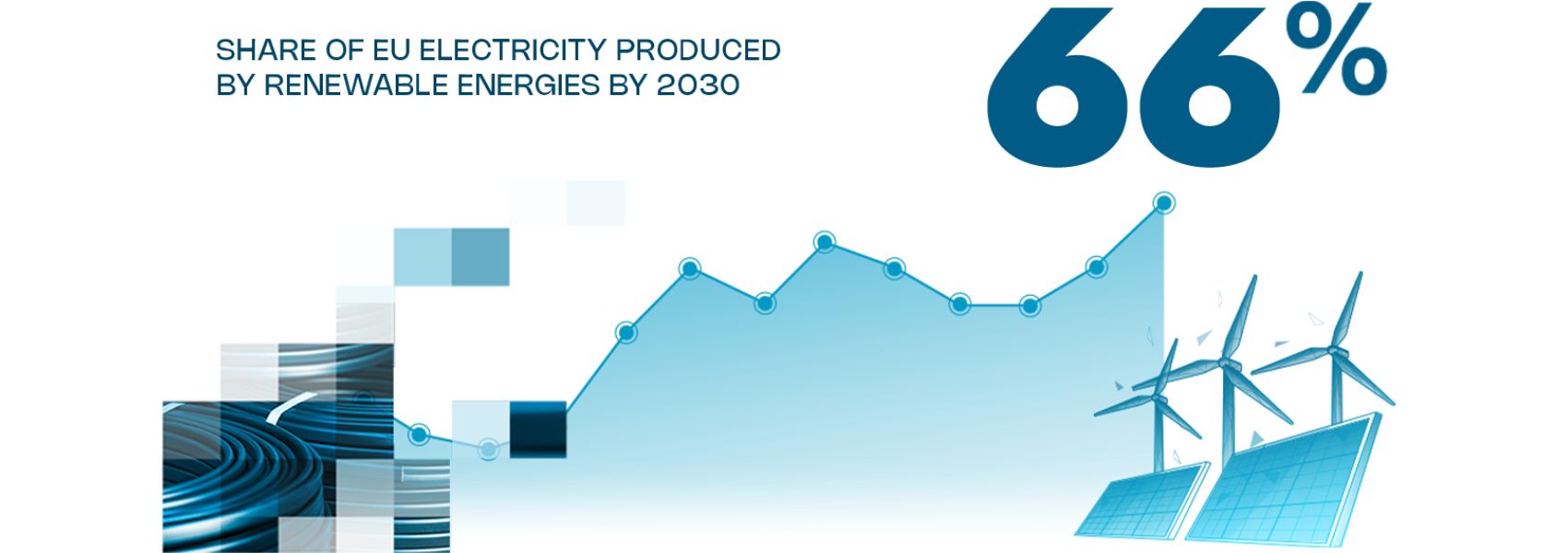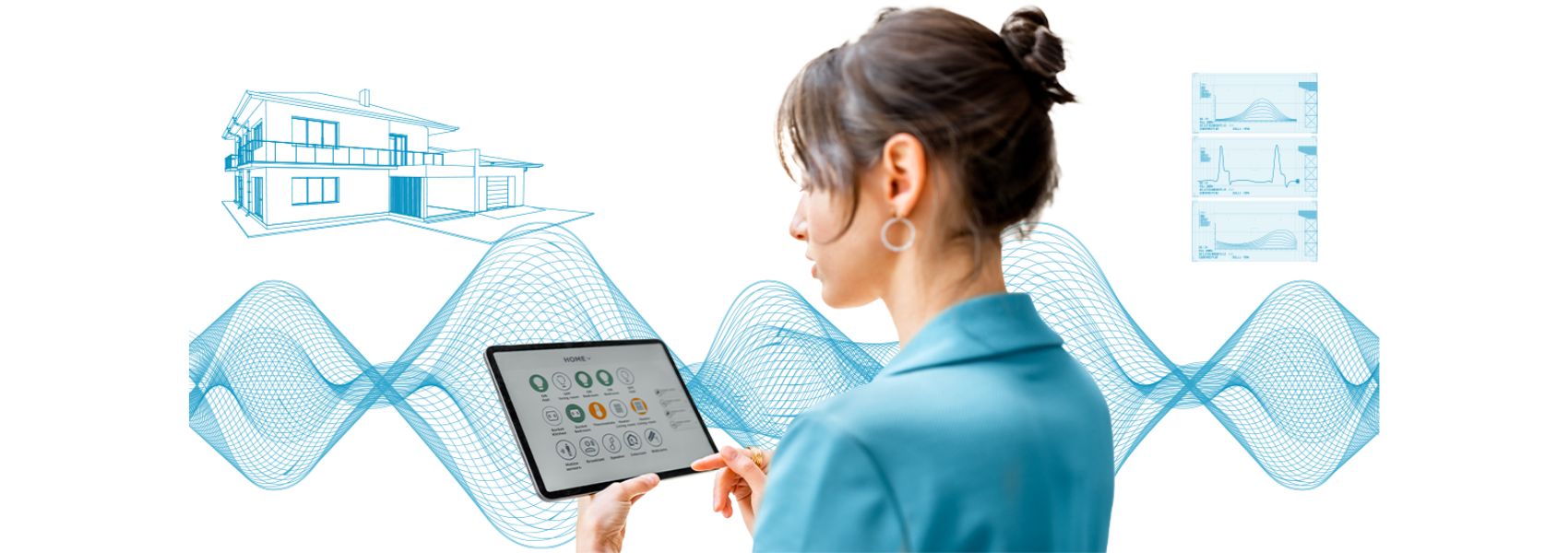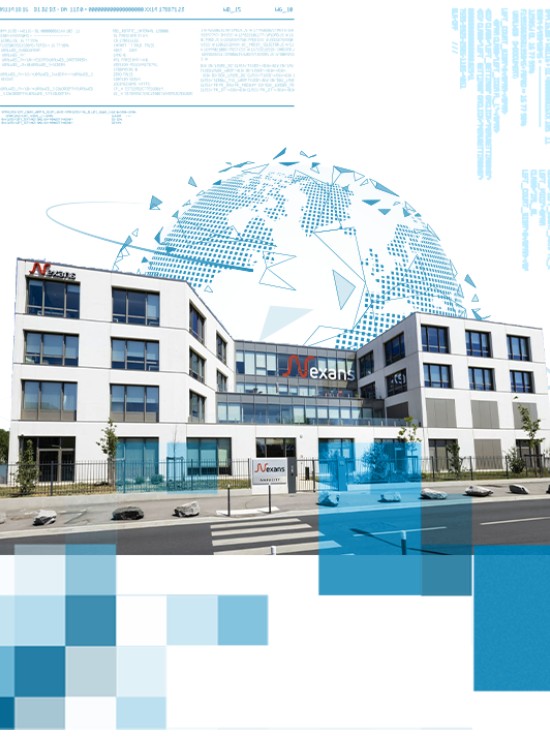So why do we need to reinvent power grids?
If you hear the term Electricity 4.0, it’s not just another marketing ploy, but a way to underline a break with the past. It relates to the need for more abundant, more efficient and – above all – sustainable energy sources to support the fourth industrial revolution, a transformation driven by electric mobility, data centers (cloud computing, data and artificial intelligence) and, first and foremost, the electrification of everything and the digitalization of virtually all areas of activity.
Electricity has all the qualities necessary to address these new challenges. For a clearer understanding, remember that it took 150 years for electricity to meet just one-quarter of our energy requirements, and that we need to reach 60% in just 25 years if we are to meet carbon neutrality targets.
This will involve a 40% increase in electricity demand by 2040, and a six-fold increase in the share of wind and solar power in the energy mix.
This change of scale will require a significant increase in the annual pace of investment in the grid (cables, pylons, transformers, etc.), with figures doubling or tripling compared with the past fifteen years. France, for example, has one of the oldest grids in Europe, with power lines that are 50 years old on average.
Further, renewable electricity is set to dominate the EU electricity sector by 2030. The change is gathering pace, with renewable energies expected to generate 66% of EU electricity by 2030, up from 44% in 2023.
This progress can be achieved only by implementing technological solutions able to fine-tune the balance between production and consumption, and to improve efficiency, security and sustainability.







